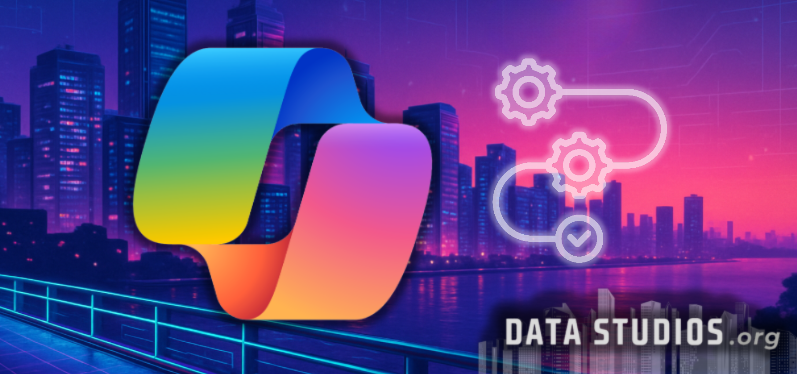Microsoft Copilot: Linking databases and internal systems for smarter workflows
- Graziano Stefanelli
- Aug 24
- 2 min read

Microsoft Copilot expands enterprise connectivity with updated integration features.
Microsoft Copilot now enables direct integration with databases, ERP platforms, CRM tools, and other internal systems through enhanced connectors and APIs within Microsoft 365 and Azure. These integrations allow organizations to unify structured and unstructured data, improving reporting, analytics, and automation capabilities while maintaining enterprise-grade security.
Copilot’s integration architecture supports multiple data environments.
Copilot leverages the Microsoft Graph API and Azure Data Connectors to access enterprise datasets securely. It connects to systems such as SQL Server, Oracle, PostgreSQL, SAP, and Salesforce, enabling advanced analysis and real-time insights directly in tools like Excel, Teams, and Power BI.
Integration Layer | Supported Sources | Use Cases |
Microsoft Graph API | Microsoft 365 apps, Outlook, OneDrive, Teams | Automating tasks, syncing data |
Azure Data Connectors | SQL Server, Azure SQL, PostgreSQL, Oracle | Querying structured datasets |
Dynamics 365 API | CRM & ERP platforms | Customer analytics and financial insights |
Power Platform | Power BI, Power Automate, Power Apps | Building dashboards and automation flows |
Advanced database integration offers real-time insights.
With new Direct Query capabilities, Copilot can process large datasets without moving or duplicating data, reducing latency and improving security. It supports integrations with on-premises databases via Azure Private Link and encrypted connections, ensuring data remains inside enterprise-controlled environments.
Enhancing business workflows through internal system linking.
By connecting to internal ERPs, custom APIs, and document repositories, Copilot enables workflows that blend internal and external data sources. For example:
Pulling real-time sales data from SAP into Excel Copilot for automated forecasts.
Generating custom reports from internal compliance databases.
Combining HR and finance datasets to analyze workforce productivity directly in Teams.
System Type | Copilot Capability | Example Output |
ERP (SAP, Oracle) | Real-time data queries | Financial KPI dashboards |
CRM (Dynamics, Salesforce) | Customer trend analysis | Automated churn predictions |
HRIS & Payroll | Workforce productivity analytics | Custom reports on headcount trends |
Custom APIs | Workflow automation | Cross-platform integrated dashboards |
Security, governance, and compliance remain priorities.
Enterprise integration relies on secure authentication and identity management:
OAuth 2.0 & Entra ID handle single sign-on across internal systems.
Data Loss Prevention (DLP) policies are automatically enforced within Copilot-connected apps.
Microsoft Purview ensures compliance with GDPR, HIPAA, and SOC 2 by monitoring sensitive data usage.
Additionally, Copilot integrates with Azure Key Vault to manage credentials securely when connecting to private databases or third-party APIs.
Practical implementation tips for enterprises.
Use Microsoft Graph Explorer to validate data access permissions before integrating.
Connect Copilot to Power Automate for orchestrating multi-step workflows across ERP and CRM systems.
Enable Azure Private Link for highly regulated workloads to restrict network exposure.
Utilize Power BI Embedded with Copilot to create secure, dynamic dashboards fed directly from databases.
Roadmap for future enhancements.
Upcoming Feature | Description | Availability |
Native MongoDB integration | Direct analytics on NoSQL datasets | Q4 2025 |
Enhanced SAP connector | Improved real-time queries and caching features | Q1 2026 |
Cross-tenant Graph API | Integrating multi-org databases securely | Q2 2026 |
Low-code query assistant | Natural language queries on any connected database | Q3 2026 |
Microsoft Copilot’s growing ability to link databases, APIs, and enterprise systems transforms it into a central hub for operational intelligence, helping organizations unify data and unlock advanced automation possibilities.
____________
FOLLOW US FOR MORE.
DATA STUDIOS




